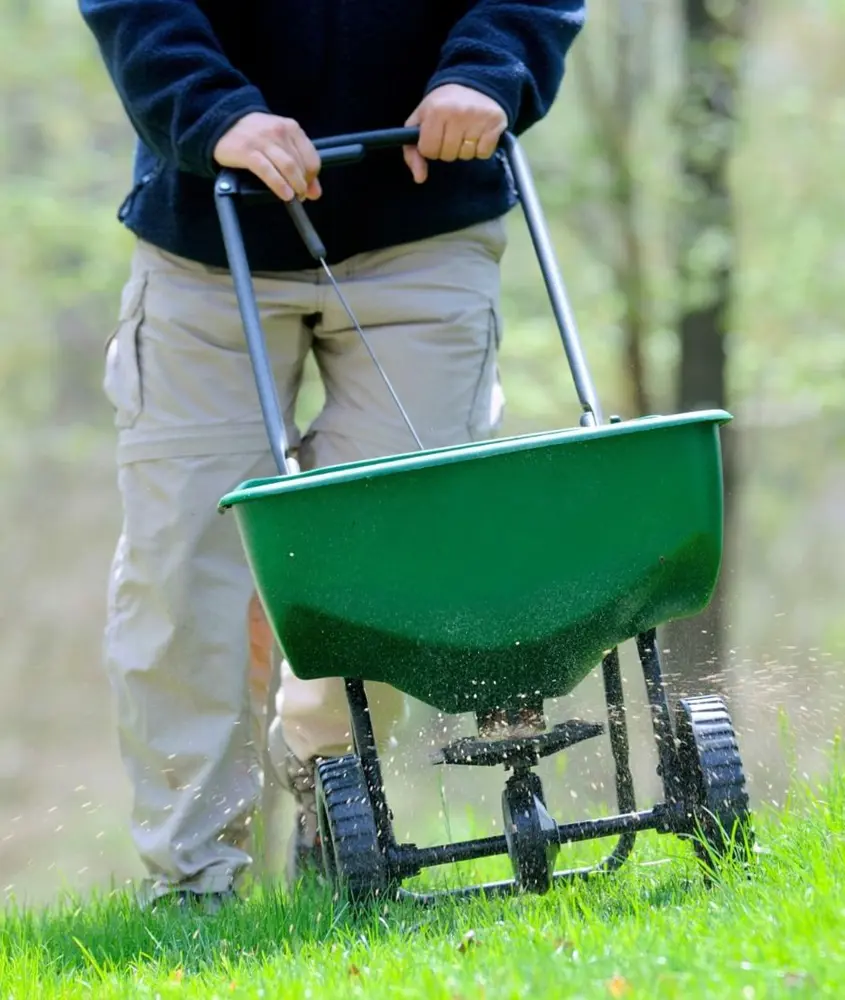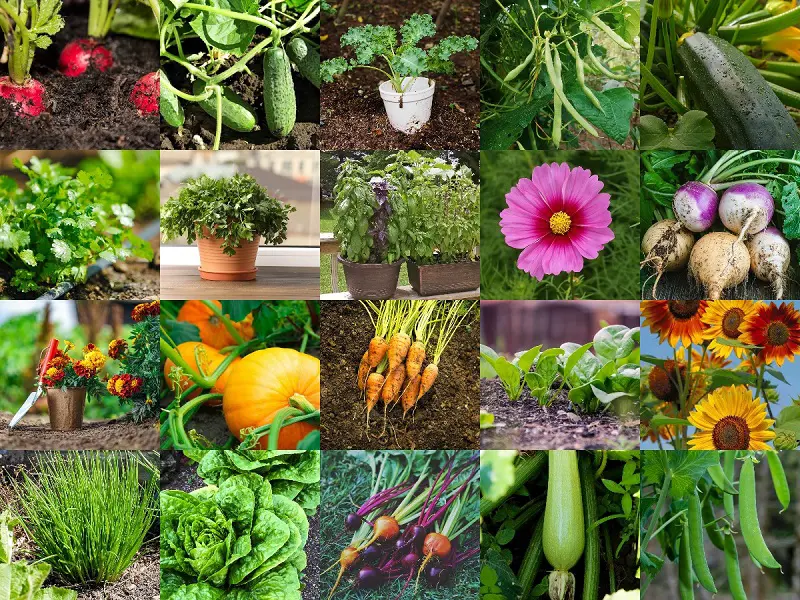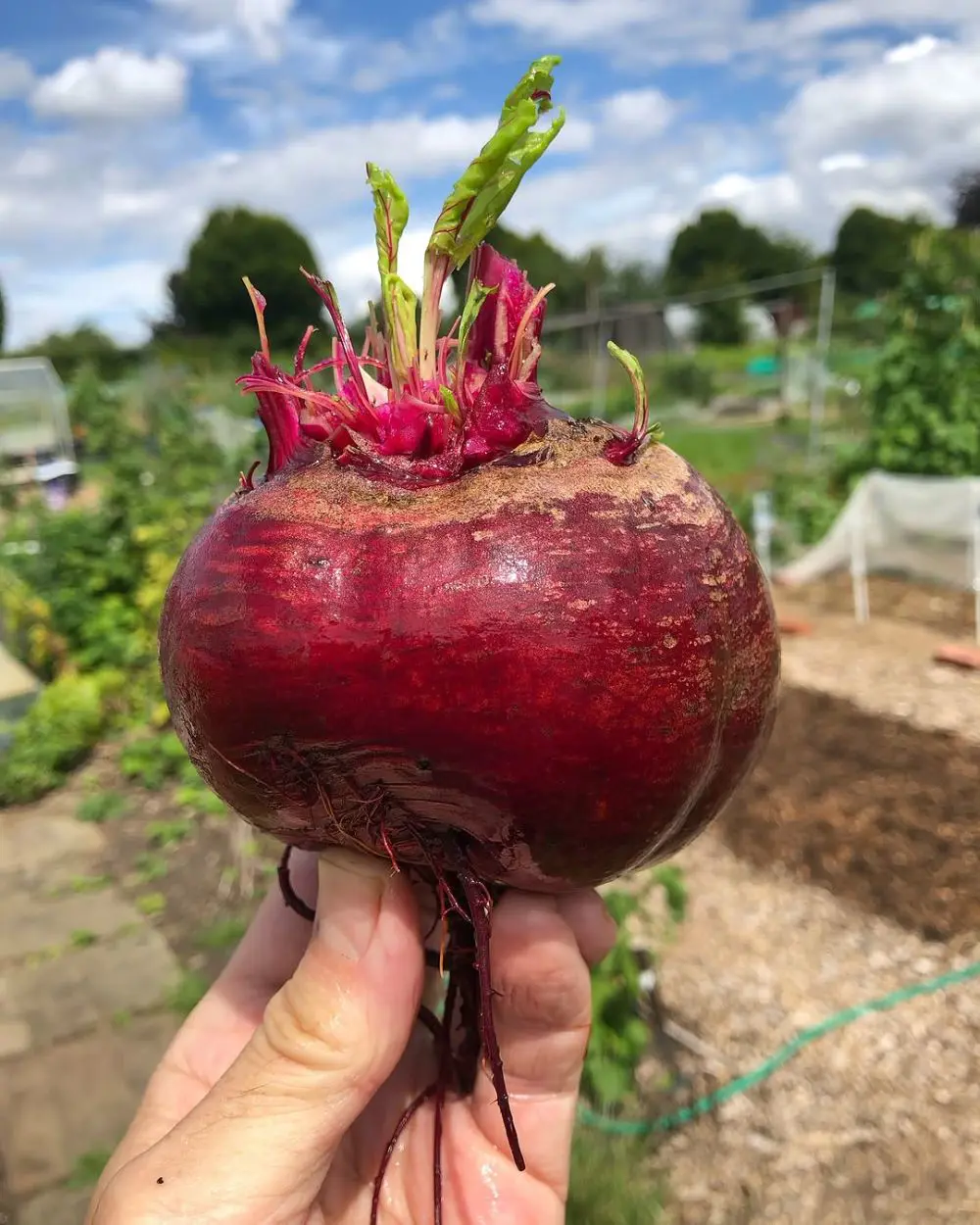Maintaining a lush, green lawn is a goal for many homeowners and gardening enthusiasts. Fertilization is a key component of lawn care, ensuring that grass gets the nutrients it needs to thrive.
However, knowing when to fertilize your lawn is just as important as knowing how to fertilize it. This comprehensive guide will explore the optimal times to fertilize your lawn to achieve a vibrant, healthy lawn.
Understanding Lawn Fertilization
Importance of Lawn Fertilization
Fertilization provides essential nutrients that help grass grow thick, green, and healthy. These nutrients include:
- Nitrogen (N): Promotes vigorous growth and deep green color.
- Phosphorus (P): Supports root development and overall plant health.
- Potassium (K): Enhances disease resistance and drought tolerance.
Without these nutrients, grass can become thin, discolored, and more susceptible to weeds, diseases, and pests. Additionally, a well-fertilized lawn can withstand environmental stresses better, such as heat, drought, and heavy foot traffic, maintaining its aesthetic appeal and functionality.
Types of Fertilizers
Lawn fertilizers come in various forms, each with its own advantages and application methods:
- Granular Fertilizers: These are easy to apply and provide a slow release of nutrients over time. They can be either quick-release or slow-release formulations. Slow-release fertilizers offer a steady supply of nutrients, reducing the risk of burning the grass and the need for frequent applications.
- Liquid Fertilizers: These offer a quick release of nutrients, making them ideal for rapid greening. They are typically applied with a hose-end sprayer or a backpack sprayer. Liquid fertilizers are quickly absorbed by the grass, providing almost immediate results.
- Organic Fertilizers: Made from natural materials, these improve soil health and provide long-term benefits. Organic fertilizers release nutrients slowly as they break down, which helps to build a healthy soil structure over time. Examples include compost, manure, bone meal, and blood meal.
- Synthetic Fertilizers: These are chemically formulated to deliver precise nutrient ratios for specific needs. They offer predictable and fast results, making them popular for addressing specific deficiencies or achieving quick green-up.
Soil Testing
Before fertilizing your lawn, it's essential to conduct a soil test. Soil testing determines the current nutrient levels in your soil, helping you choose the right fertilizer and avoid over- or under-fertilization. Soil tests can be done through local extension services or with DIY kits.
A comprehensive soil test will measure pH levels, organic matter content, and the presence of key nutrients like nitrogen, phosphorus, and potassium. By understanding your soil's specific needs, you can tailor your fertilization approach to achieve optimal results.
Seasonal Fertilization Guide
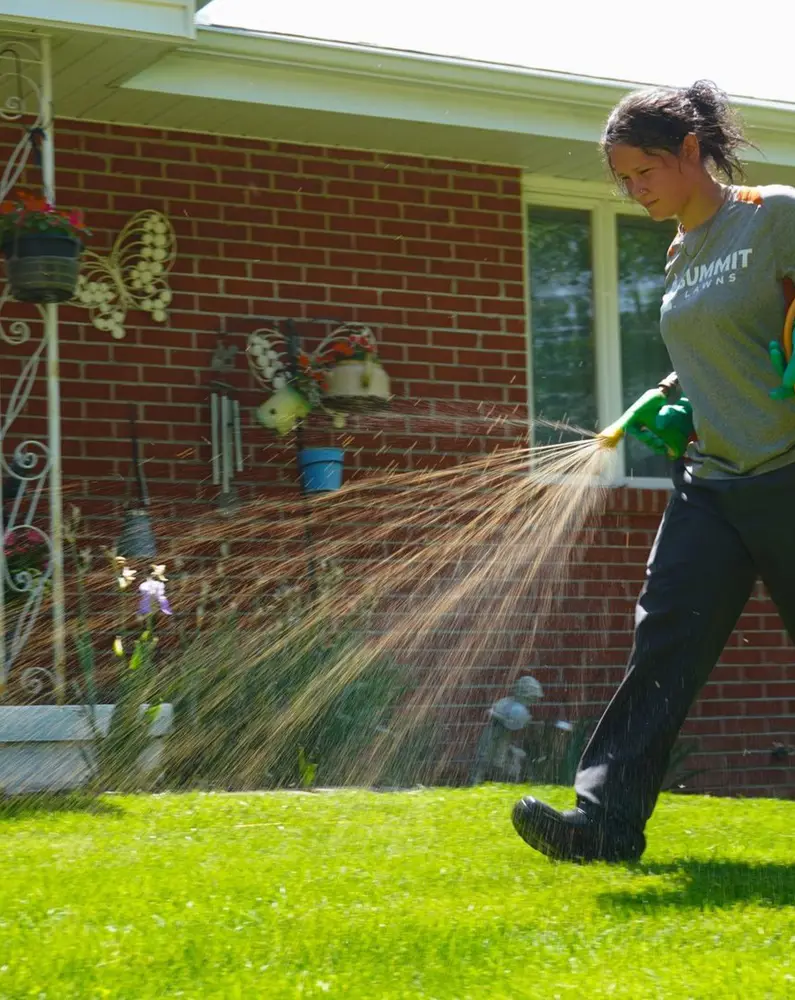
The timing of fertilization varies depending on the type of grass you have and the climate in your region. Generally, lawns can be classified into two main categories: cool-season grasses and warm-season grasses.
Each type of grass has different growth patterns and nutritional needs throughout the year.
Cool-Season Grasses
Cool-season grasses, such as Kentucky bluegrass, fescue, and ryegrass, thrive in cooler climates and have their peak growing periods in the spring and fall.
Spring
Spring is a critical time for fertilizing cool-season grasses. As temperatures rise and grass begins to grow actively, providing a balanced fertilizer helps replenish nutrients depleted over the winter. Aim to fertilize in early to mid-spring, just as the grass starts to green up.
- Timing: Early to mid-spring (March to May)
- Fertilizer Type: Balanced or high-nitrogen fertilizer
- Application Rate: Follow the manufacturer's instructions, typically 1 pound of nitrogen per 1,000 square feet
During this period, you might also consider using a pre-emergent herbicide to control weeds like crabgrass. Combining pre-emergent herbicide with your spring fertilization can help maintain a weed-free, lush lawn.
Summer
Cool-season grasses tend to go dormant or slow their growth during the hot summer months. Fertilizing during this period can stress the grass and lead to nutrient runoff. Instead, focus on watering and maintaining the lawn.
- Timing: Avoid fertilizing during peak summer heat (June to August)
- Fertilizer Type: N/A
- Application Rate: N/A
During the summer, ensure your lawn receives adequate water, especially during dry spells. Deep and infrequent watering encourages deep root growth, which helps the grass endure the summer heat better.
Fall
Fall is the most important time for fertilizing cool-season grasses. As temperatures cool down, grass enters a period of vigorous growth, making it the ideal time to build up nutrient reserves for the winter.
- Timing: Early to mid-fall (September to November)
- Fertilizer Type: High-nitrogen or winterizer fertilizer
- Application Rate: 1 to 1.5 pounds of nitrogen per 1,000 square feet
Fertilizing in the fall helps grass develop a robust root system and store energy for the winter. A second application, often referred to as a "winterizer" fertilizer, can be applied later in the fall to further support root growth and prepare the lawn for dormancy.
Warm-Season Grasses
Warm-season grasses, such as Bermuda grass, Zoysia grass, and St. Augustine grass, thrive in warmer climates and have their peak growing periods in the late spring and summer.
Spring
As warm-season grasses come out of dormancy, a light application of fertilizer can help kickstart their growth. However, avoid fertilizing too early, as this can encourage weed growth.
- Timing: Late spring (April to June)
- Fertilizer Type: Balanced or high-nitrogen fertilizer
- Application Rate: 0.5 to 1 pound of nitrogen per 1,000 square feet
During this time, it's also beneficial to aerate your lawn if it’s compacted. Aeration improves soil aeration, enhances water and nutrient uptake, and promotes root growth.
Summer
Summer is the prime growing season for warm-season grasses, making it an ideal time for regular fertilization. Frequent, light applications can help maintain a lush, green lawn.
- Timing: Early to mid-summer (June to August)
- Fertilizer Type: High-nitrogen fertilizer
- Application Rate: 1 pound of nitrogen per 1,000 square feet every 6-8 weeks
In addition to fertilizing, maintain consistent mowing practices. Keep your mower blades sharp and mow at the appropriate height for your grass type. Proper mowing reduces stress on the grass and promotes thicker growth.
Fall
As temperatures begin to cool, warm-season grasses prepare for dormancy. Applying a final round of fertilizer can help strengthen the grass for winter, but avoid fertilizing too late in the season.
- Timing: Early fall (September to October)
- Fertilizer Type: Balanced fertilizer or one with lower nitrogen and higher potassium
- Application Rate: 0.5 to 1 pound of nitrogen per 1,000 square feet
Potassium-rich fertilizers help improve cold tolerance and disease resistance, ensuring that your lawn remains healthy and ready to bounce back in the spring.
Special Considerations
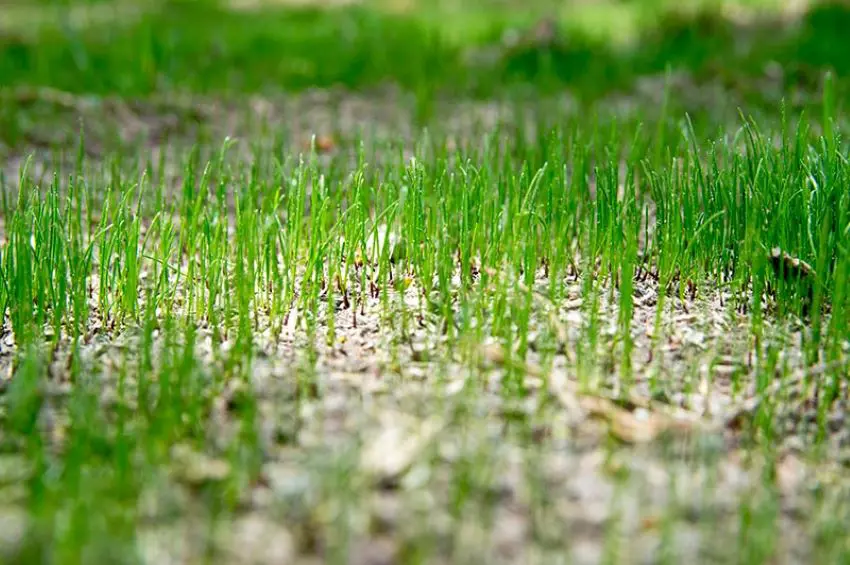
Newly Seeded or Sodded Lawns
Newly seeded or sodded lawns require special attention to ensure they establish strong root systems. For new lawns, follow these guidelines:
- Before Planting: Apply a starter fertilizer high in phosphorus to encourage root growth.
- After Planting: Once the grass reaches a height of 2-3 inches, apply a balanced fertilizer to support continued growth.
Starter fertilizers typically have a high phosphorus content, which promotes root development, essential for young grass plants. Follow up with regular fertilization as the lawn establishes, usually after the grass has been mowed a couple of times.
Lawn Problems
If your lawn is experiencing specific issues, such as weed invasions, diseases, or pests, adjust your fertilization schedule accordingly. Over-fertilization can exacerbate these problems, so consider consulting with a lawn care professional for tailored advice. For instance:
- Weeds: Use a weed-and-feed product that combines fertilizer with herbicides to target broadleaf weeds.
- Diseases: Reduce nitrogen fertilization if your lawn is susceptible to fungal diseases, as high nitrogen levels can promote disease outbreaks.
- Pests: Consider integrated pest management practices that include appropriate fertilization to maintain a healthy, resilient lawn.
Organic vs. Synthetic Fertilizers
Choosing between organic and synthetic fertilizers depends on your lawn care philosophy and environmental considerations:
- Organic Fertilizers: Improve soil health and provide slow, consistent nutrient release. They are environmentally friendly but may be slower to show results. Examples include compost, manure, fish emulsion, and bone meal. Organic fertilizers also contribute to building a healthy soil ecosystem by increasing microbial activity.
- Synthetic Fertilizers: Offer quick, targeted nutrient delivery. They can be more convenient but may contribute to nutrient runoff and environmental pollution if not used correctly. Synthetic options include urea, ammonium nitrate, and various commercial blends.
Environmental Impact
Proper fertilization practices can minimize the environmental impact of lawn care. To protect the environment:
- Follow Application Rates: Over-fertilizing can lead to nutrient runoff, which can pollute waterways.
- Use Slow-Release Fertilizers: These reduce the risk of nutrient leaching and provide a steady supply of nutrients.
- Avoid Fertilizing Before Rain: Heavy rain can wash away fertilizers, leading to nutrient runoff.
- Buffer Zones: Establish buffer zones around water bodies to prevent fertilizer runoff from reaching them.
Tips for Effective Lawn Fertilization
Consistent Schedule
Developing a consistent fertilization schedule tailored to your grass type and local climate ensures that your lawn receives the nutrients it needs throughout the year. Keep a lawn care calendar to track your fertilization and other maintenance activities.
Proper Application
Applying fertilizer evenly is crucial to avoid nutrient imbalances and promote uniform growth. Use a broadcast spreader for granular fertilizers and a sprayer for liquid fertilizers, following the manufacturer's instructions. For large lawns, consider using a drop spreader for precision and to avoid waste.
Watering
Watering your lawn after fertilization helps nutrients penetrate the soil and reach the grass roots. Ensure you water deeply but avoid overwatering, which can lead to nutrient runoff. Ideally, water your lawn early in the morning to reduce evaporation and fungal growth.
Mowing
Maintain a proper mowing height to reduce stress on your lawn and promote healthy growth. Mow regularly, but never remove more than one-third of the grass blade at a time. Adjust your mowing height based on the season; for example, raise the mower blade slightly in the summer to reduce stress on the grass.
Aeration
Aerating your lawn once or twice a year helps improve soil structure, allowing nutrients, water, and air to reach the grass roots more effectively.
This is especially important for compacted soils. Aeration can be done using a core aerator or spike aerator, with core aeration being more effective at reducing compaction.
Other Lawn Care Practices
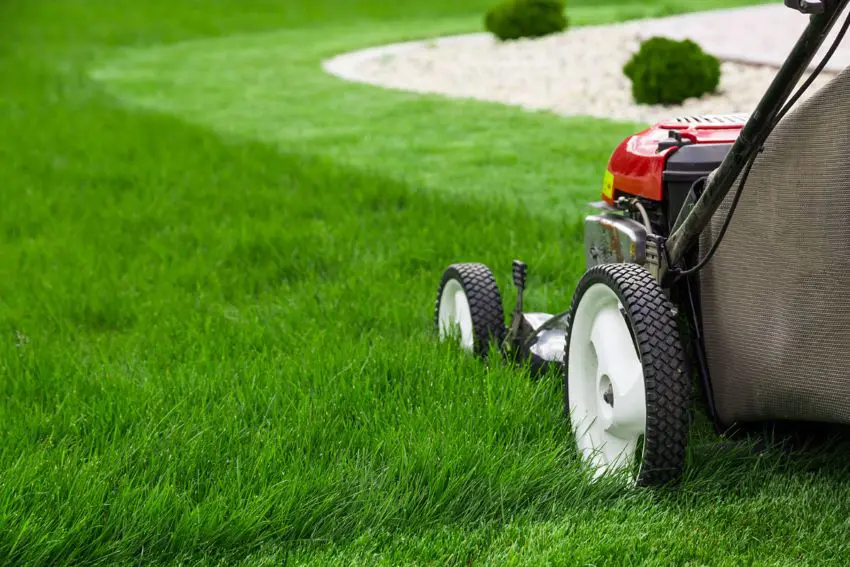
Overseeding
Overseeding involves spreading grass seed over an existing lawn to fill in bare spots and improve lawn density.
This is particularly beneficial for cool-season grasses and can be done in the fall or spring. Combining overseeding with fertilization can enhance seedling establishment and overall lawn health.
Topdressing
Topdressing involves applying a thin layer of compost or soil over the lawn to improve soil quality and promote healthy grass growth.
This practice helps to level out uneven areas, improve soil structure, and increase microbial activity. Topdressing can be combined with overseeding and fertilization for optimal results.
